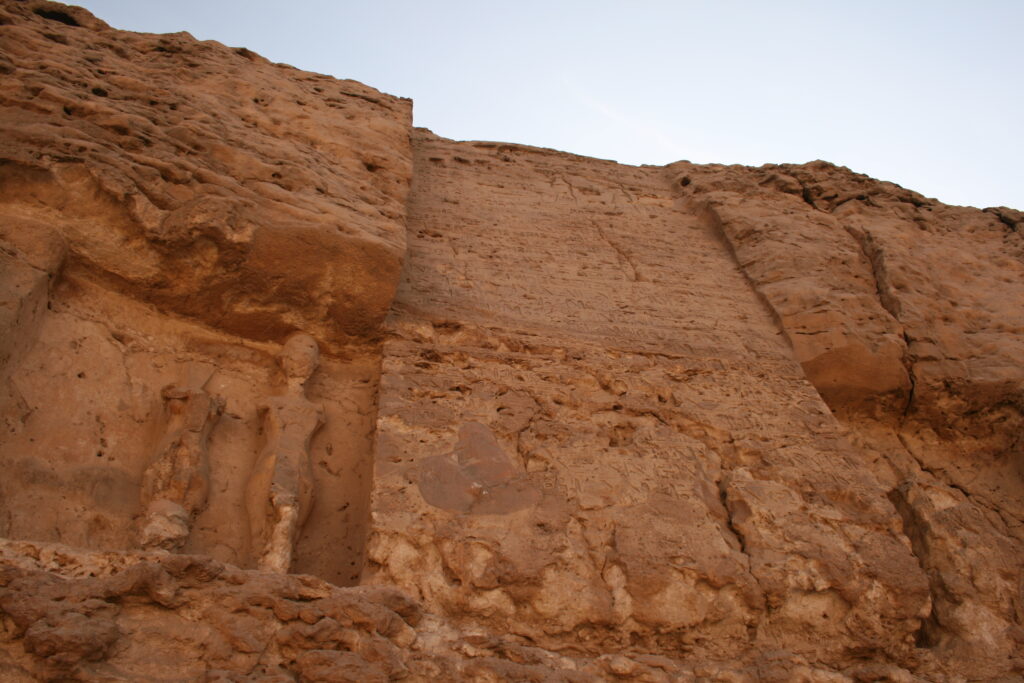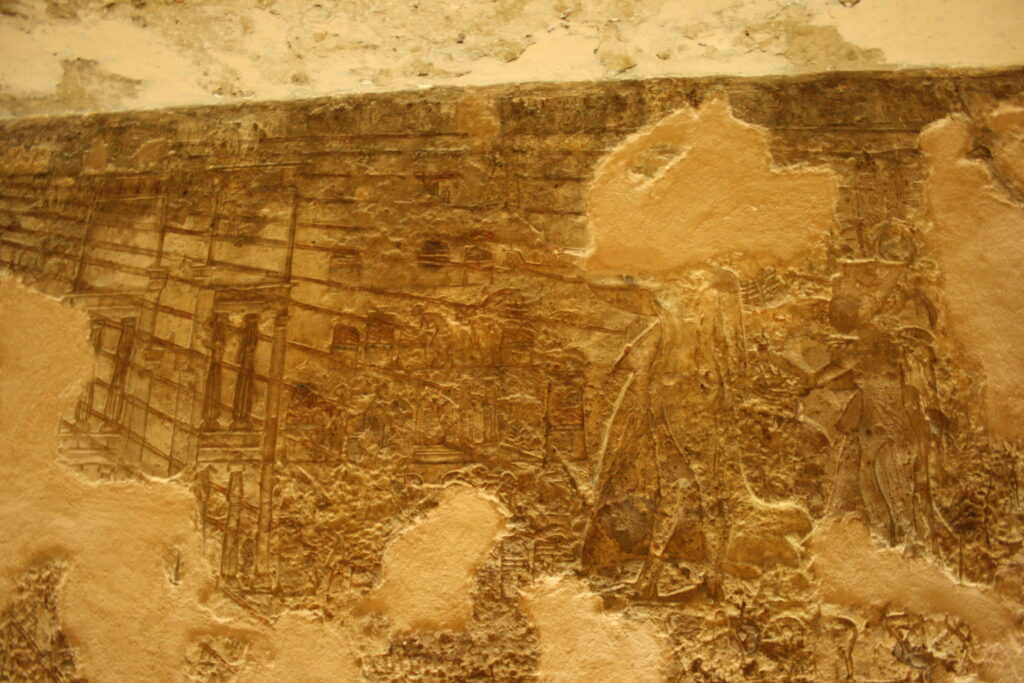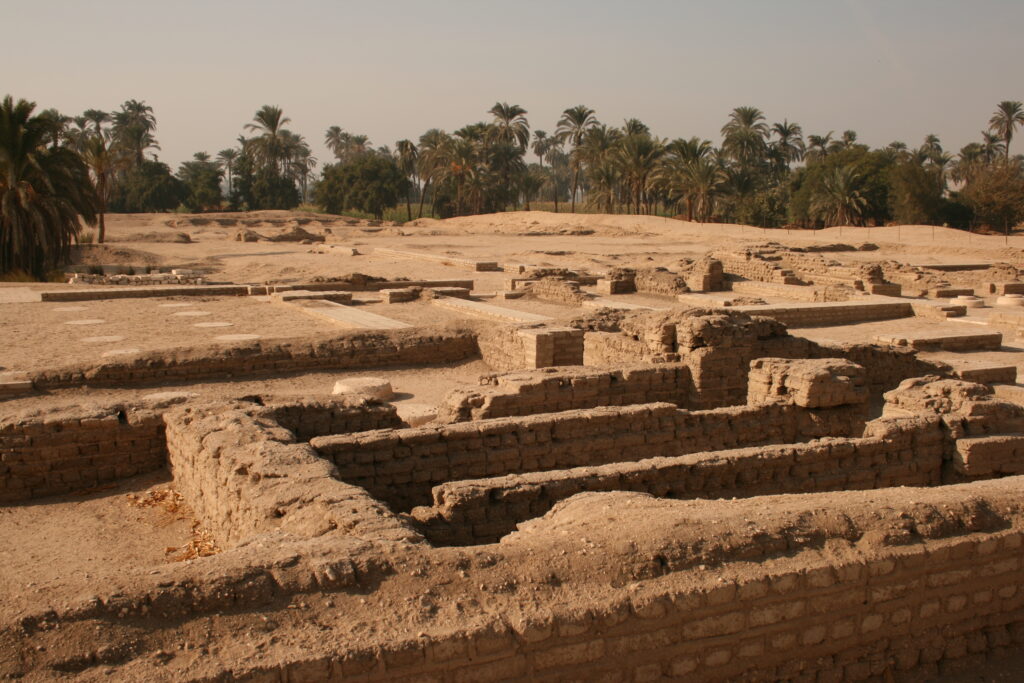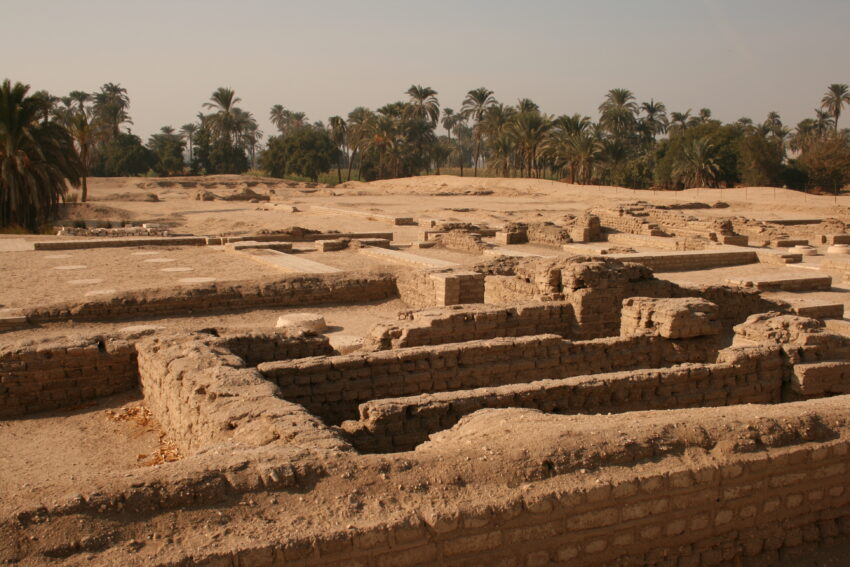 Naguib Mahfouz is the well-known author of The Cairo Trilogy
Naguib Mahfouz is the well-known author of The Cairo Trilogy. Written in the lively coffee houses of the Khan el-Khalili bazaar, his stories are full of colourful characters. So far, he is the only Nobel Prize winner for Arabic literature. But besides the lives he describes in the alleys of modern Cairo, he wrote a small number of novels set in ancient Egypt.
In Akhenaten: Dweller in Truth, the tale is recounted of the rise and decline of king Akhenaten and his new religion, which placed the sun disk Aten above all other gods. Not the controversial pharaoh himself speaks, but his family members, loyal servants and enemies. He is in turn described as a seer, weakling, philosopher, asexual, childhood friend and lover. Every character has their own background and agenda, leaving the truth in the middle. Finally, the beautiful Nefertiti has her say. She stays behind as an outcast between the crumbling walls of Akhetaten, the former capital built for the greater glory of the sole god.
Mahfouz lets Akhenaten perform as a misunderstood mystic and prophet, who single-handedly takes on the powerful priesthood of Amun. One is reminded of Jesus vs. the Pharisees and Mohammed vs. the Meccans. Like other prophets, he understands that God is omnipresent and need not be honoured inside gloomy temple halls. But just like any other who radically tries to break with tradition, he is ultimately denounced and his legacy undone. Prophetic about the story is also that in the end, Akhenaten’s character is venerated by the few who remain loyal to him, rather than the god he saw present everywhere.
As an Egyptology student I visited Amarna (former Akhetaten) and was highly impressed by the vastness and tranquility of the infertile stretch of desert where Akhenaten instructed his city to be built. The sun beats down mercilessly on this barren landscape. But although the settlement was dismantled stone by stone, you will find traces of its former glory. Boundary stelae with life-sized images of Akhenaten and his queen Nefertiti mark the borders of the area, and the royal tomb lies forgotten in the hills. The foundations of the palaces and a townhouse have been partly reconstructed, a single column still pointing towards the heavens. Whether Akhenaten was ultimately a visionary or a megalomaniac, the art of the Amarna period belongs to the most splendid in history.
Perhaps the description of Akhenaten by the physician of the king is most striking:
The fact is that Akhenaten was a very special being, far too good for any of us to understand. He was a visionary, promising a paradise irreconcilable with human nature. He confronted people with their mediocrity and provoked their deepest fears. So they pounced on him with animal anger and desperation.
Fact is that thanks to the meticulous assassination of Akhenaten’s character in later history, we can study this notorious yet illustrious period in full detail.

Boundary stela U with damaged sculptures of the royal pair

Relief of Akhenaten and Nefertiti in adoration of the Aten in the royal romb

Remains of the North Palace
